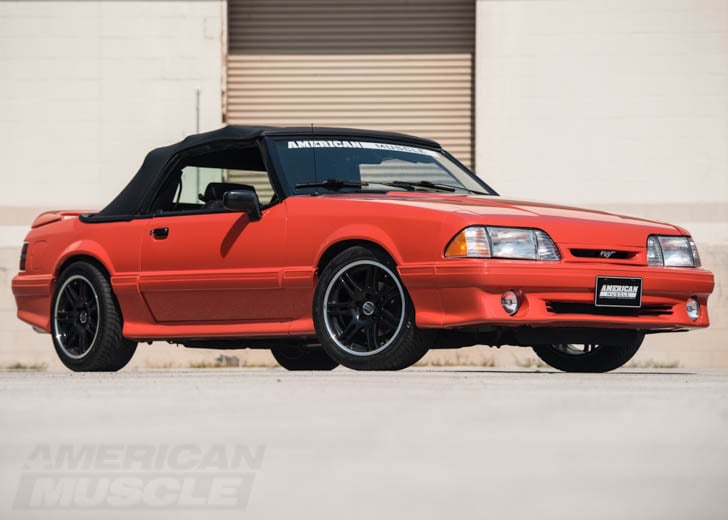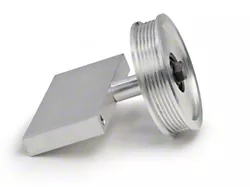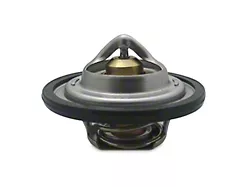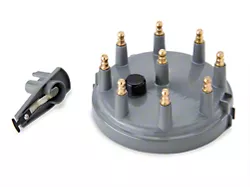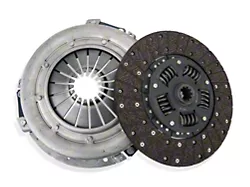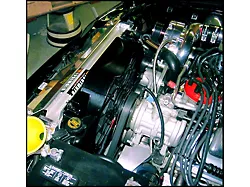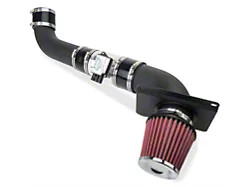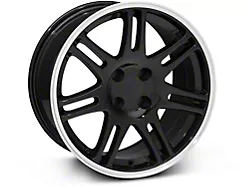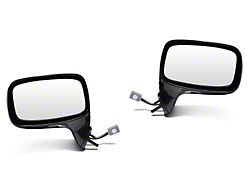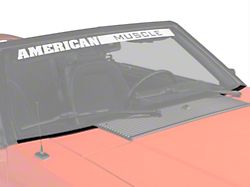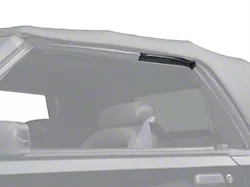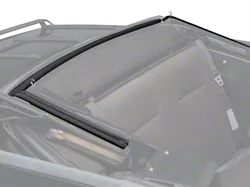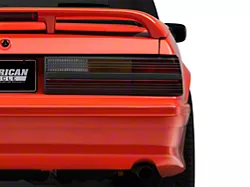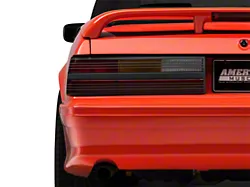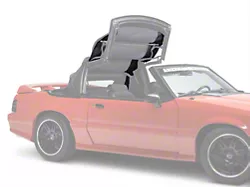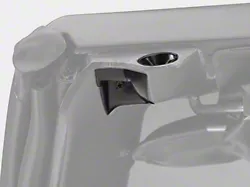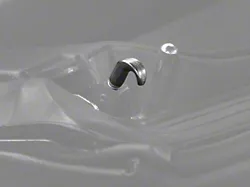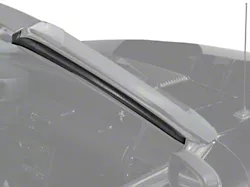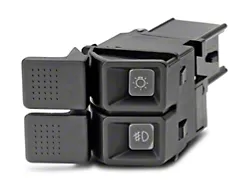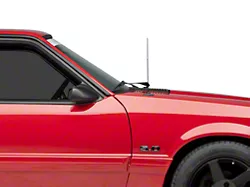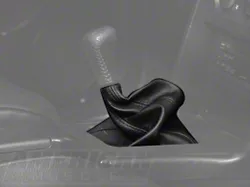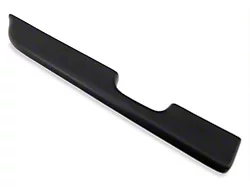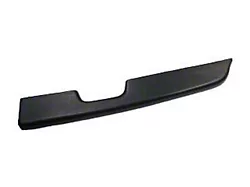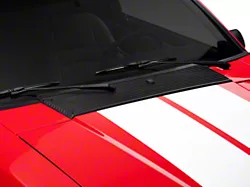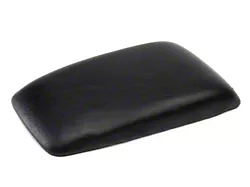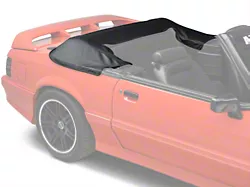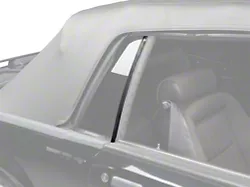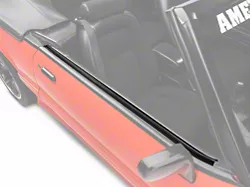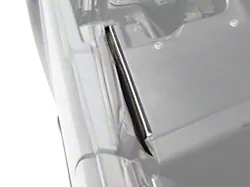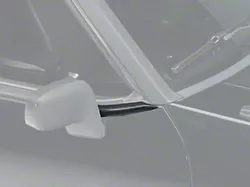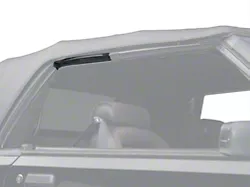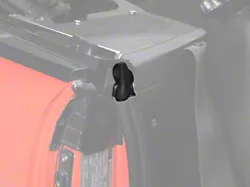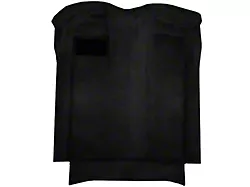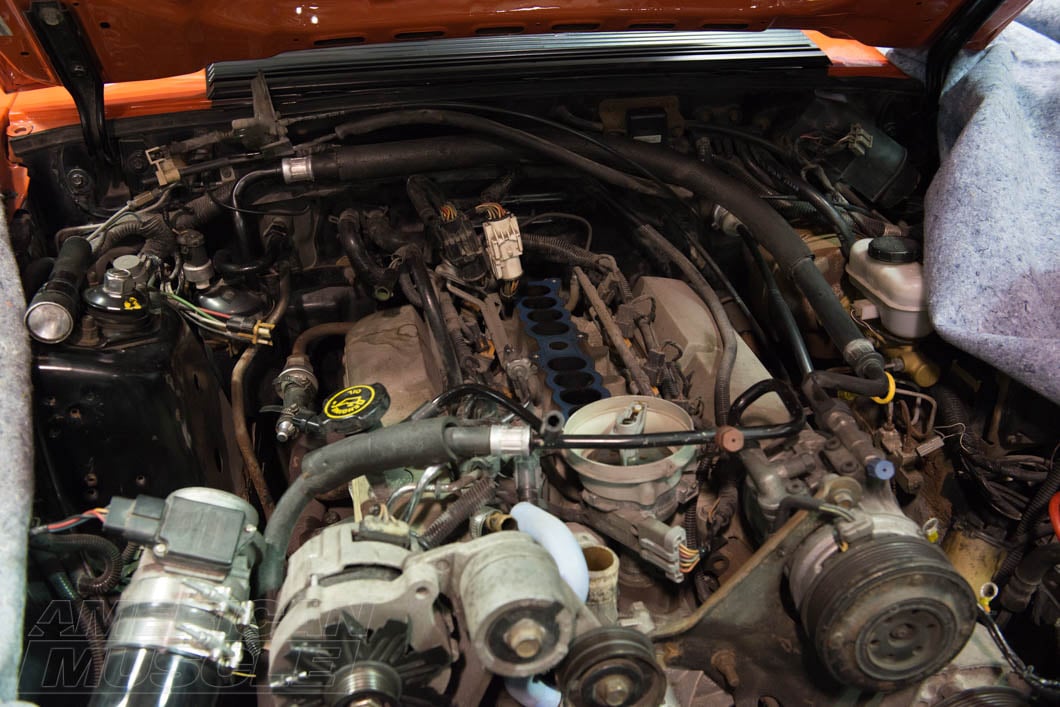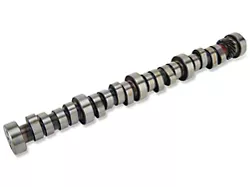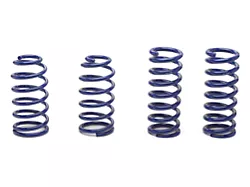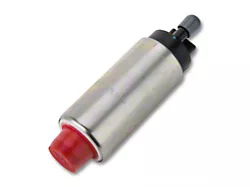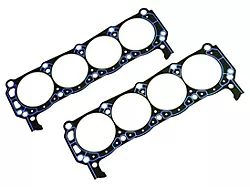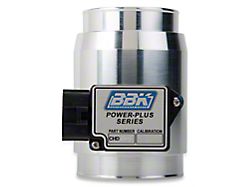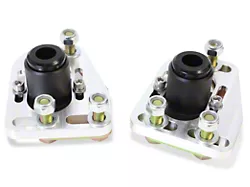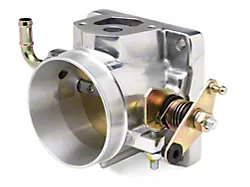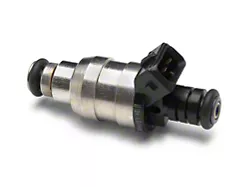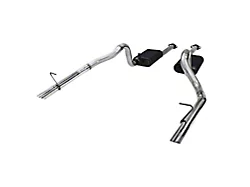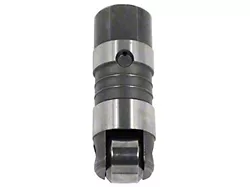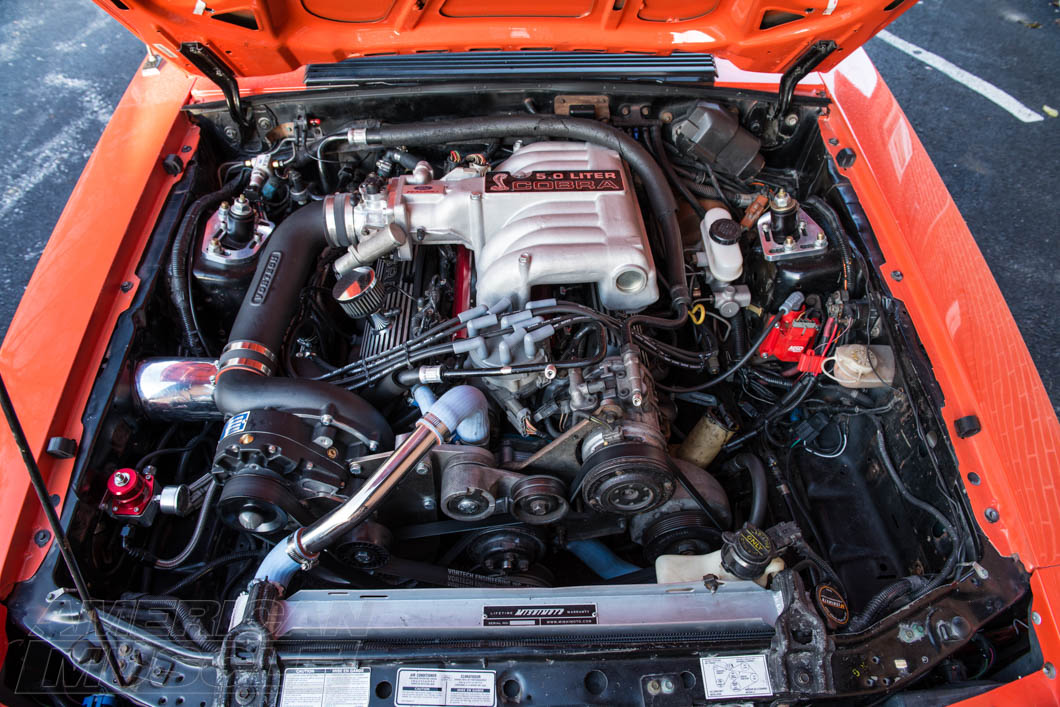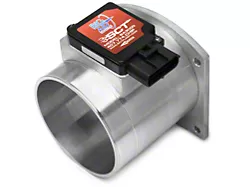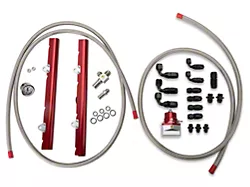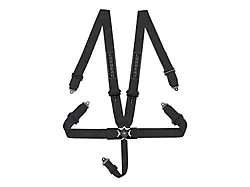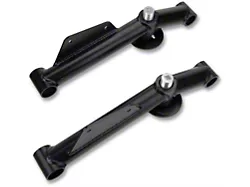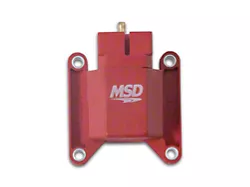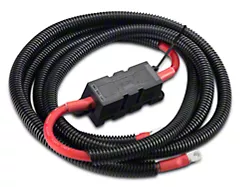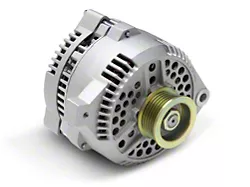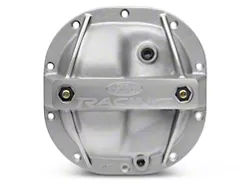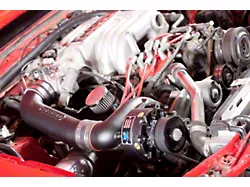All you have to do is take a look at the pictures below to see where this project started. To say this car needed some work is a severe understatement. On the plus side, we got to make this Foxbody one to remember and save it from a junkyard fate. Everything there is on this car needed work. Bodywork, paint, interior, headlights, and what was left of the convertible top just to name a few.
So what were our initial thoughts going into this build? Needless to say, a simple restoration was out of the question. This Foxbody build needed something more, and so we decided to recreate a Cobra Foxbody. The first of its kind from SVT, the Cobra Foxbody was a set the precedent for performance. At least in terms of an off the showroom setup. As you may already know, however, the SVT Cobra Fox was never offered as a convertible. Why not make our very own convertible Cobra, a configuration never offered from Ford?
Before we could install any of the performance parts we needed, we had a laundry list of basic maintenance to complete. With any 100,000+ mile car, especially a car that's over twenty years old, a drivetrain and body refresh is just about mandatory. That was the goal for Stage 1 (stages 2 through 4 is where the real fun is). Time to get the old GT running properly and a new paint job because clearly, the body was in rough shape.
Since the plan was to pump Cobra power through this old girl, a factory replacement clutch wasn't going to cut it. For this build, we decided on an Exedy Mach 350 stage 1 clutch alongside the SR Performance clutch adjuster kit. This clutch is designed to handle up to 430 ft-lbs of torque. The clutch adjuster replaces the gummed up factory cable with an adjustable one as well as the plastic quadrant in lieu of a brand new billet aluminum piece. Basically, we strengthened our overall shifting experience.
The 302 engine was running extremely roughly, misfiring all over the place and by extension down on power. A serious tuneup was in order. A set of iridium plugs, new wires, a brand new distributor cap and rotor, and a brand new serpentine belt. Justin points it out in the video, but it's worth repeating here. We highly recommend using a little anti-seize on all your spark plug threads because nothing is worse than getting a stuck spark plug (at the very least, it's up there on the list). Dielectric grease is another way of preserving the life of your ignition parts. Smear a little on all the contacts to keep water out.
After the tuneup, we inevitably discovered another issue (as it goes with builds like this): our 302 was on the brink of overheating. We replaced the radiator and mechanical fan with a Mishimoto aluminum unit along with one of their electrical fans. Ditching the mechanical unit does free up drag on the belt system, thereby giving us a few extra horsepower, but don't expect to feel this sort of change on the butt dyno. In the spirit of replacing everything that could fail (or was probably about to fail), we also swapped out the thermostat and installed a new set of hoses from Ford Racing.
As is the other side of these builds, we discovered a medley of madness that was this GT's intake system. The easiest thing to do was to replace it all with a brand new cold air intake supplied by SR Performance. Sure this netted us a small amount of power, a slight change in sound, but most importantly, got rid of the eyesore underneath the hood. Another bit of free power involved SR Performance's smog pump delete kit. Running a smaller belt and removing the smog completely was indeed a possibility, but better to do everything right the first time and not run into problems later down the build process.
The only thing worse than the running condition of our GT was the physical condition. The more serious bodywork and paint were handled offsite, but before we could send it away we had to take care of the headlights, one fender, and the rear deck lid. Originally we were going with a set of one-piece, blacked out headlights, but that changes in stage 2. After all that though, is where the Cobra body kit and rear wing came in.
Stage 2 will see our interior restored.
